Tackling Burnout: Why It’s a Workplace Issue, and How ORSC Can Help
Employee burnout is not just a personal problem; it’s a workplace issue. While individual factors can contribute to burnout, the primary culprits are often the work environment and its demands.
In this blog post, we’ll explore how burnout is primarily caused by the workplace and how Organisation and Relationship Systems Coaching (ORSC) methodology can empower employers to prevent burnout and create healthier, more productive workplaces.
The Workplace: A Breeding Ground for Burnout:
In today’s fast-paced work culture, employees often find themselves trapped in a pressure cooker of relentless deadlines, excessive workloads, and ever-increasing job demands. These factors, driven by the workplace, are key contributors to burnout. Let’s delve into the workplace dynamics that fuel burnout:
1. Excessive Workloads: When employees are continually faced with unmanageable workloads and unrealistic expectations, burnout becomes a likely outcome. The incessant pressure to do more with less is a hallmark of modern workplaces.
2. Lack of Control: A feeling of powerlessness is a significant factor in burnout. When employees have little control over their work, decision-making, or their environment, it leads to increased stress and a sense of helplessness.
3. Unclear Expectations: When employees are unsure about their roles, responsibilities, or what is expected of them, it can create anxiety and stress. Unclear job descriptions and a lack of clear objectives are common stressors.
4. Inadequate Resources: A lack of necessary resources, such as tools, support, or training, can hinder employees in meeting their job demands. This can lead to frustration and exhaustion.
5. Inadequate Social Support: A lack of support from colleagues and supervisors can contribute to burnout. When employees don’t feel valued or experience conflicts in the workplace, it can increase stress and emotional exhaustion.
ORSC: Empowering Employers to Prevent Burnout:
Organisation and Relationship Systems Coaching (ORSC) methodology equips employers with the tools and knowledge to create workplaces that prevent burnout. Here’s how ORSC can make a difference:
1. Building Stronger Relationships: ORSC emphasises the importance of healthy, collaborative relationships within an organisation. Employers trained in ORSC can cultivate supportive and empowering work environments where teamwork and trust flourish.
2. Shifting Mindsets: ORSC encourages a systemic perspective, helping employers recognise how their actions impact the entire organisation. This mindset shift can prevent toxic behaviours from taking root and foster a more positive workplace culture.
3. Conflict Resolution: ORSC equips employers with conflict resolution techniques that enable them to address workplace issues promptly and professionally, preventing them from festering into burnout-inducing problems.
4. Developing Emotional Intelligence: ORSC incorporates emotional intelligence, a crucial skill for employers. It helps them recognise and manage their emotions while understanding and responding to the emotions of their employees, fostering empathy and sensitivity.
5. Creating a Shared Vision: ORSC training teaches employers how to create a shared vision and align their teams with organisational goals. When employees see a clear purpose and path forward, it deters negativity and encourages collaboration.
Burnout is a workplace issue that demands attention and action from employers. By addressing workplace stressors and embracing the ORSC methodology, employers can transform their organisations into thriving, positive environments where employees feel valued, engaged, and motivated. The key is to recognise that preventing burnout is not solely an individual’s responsibility; it’s a shared commitment between employers and their teams to create healthier, more productive workplaces. ORSC is the roadmap to achieve this transformation and build a better, brighter future for organisations and their employees.






